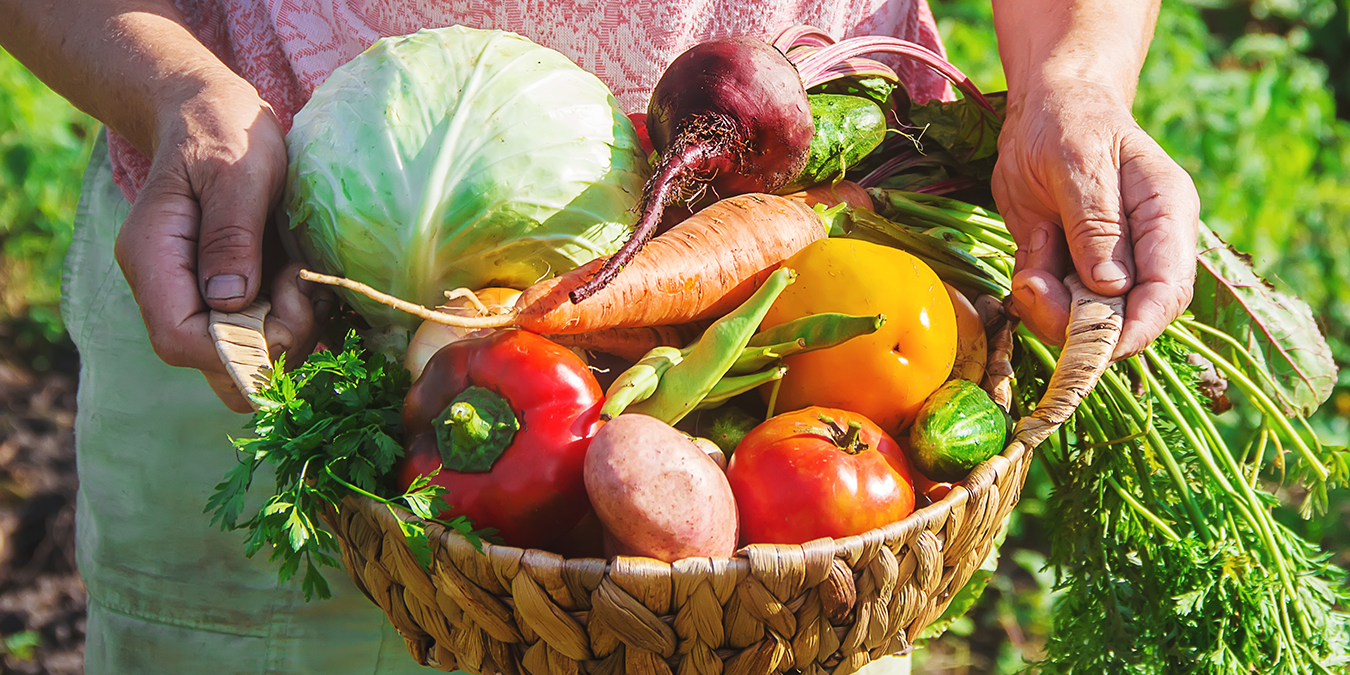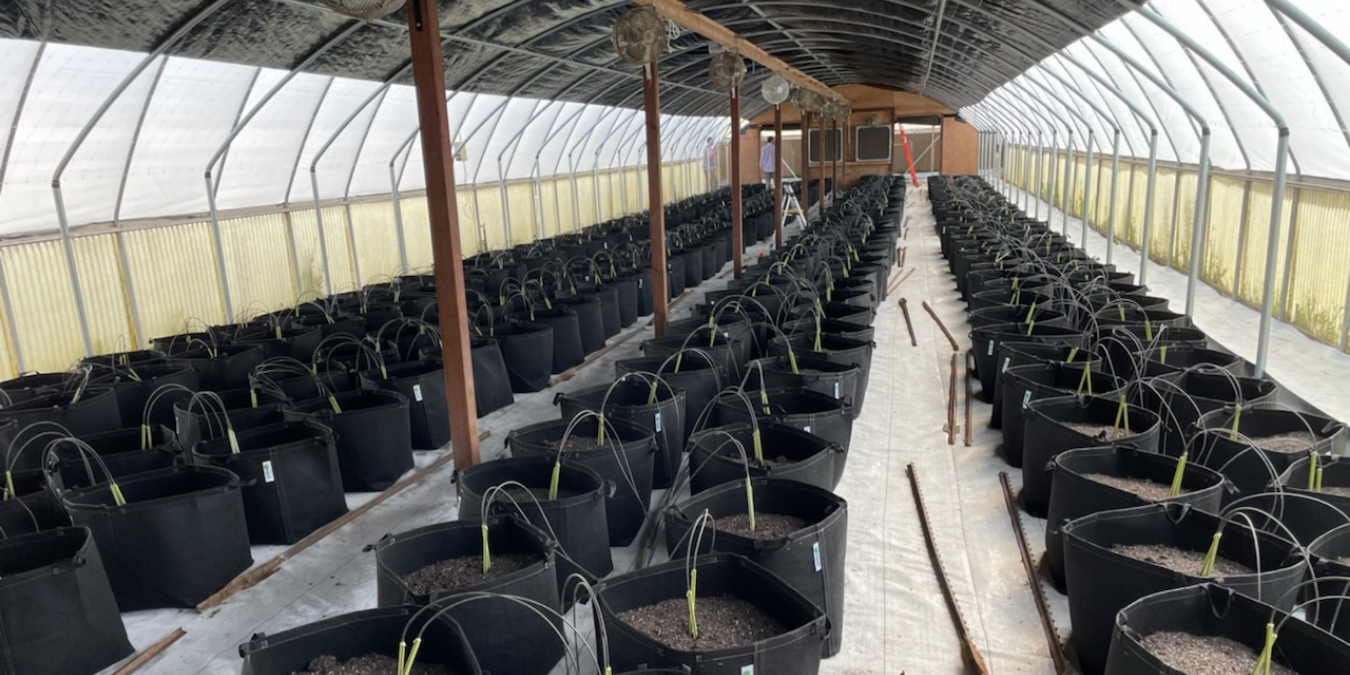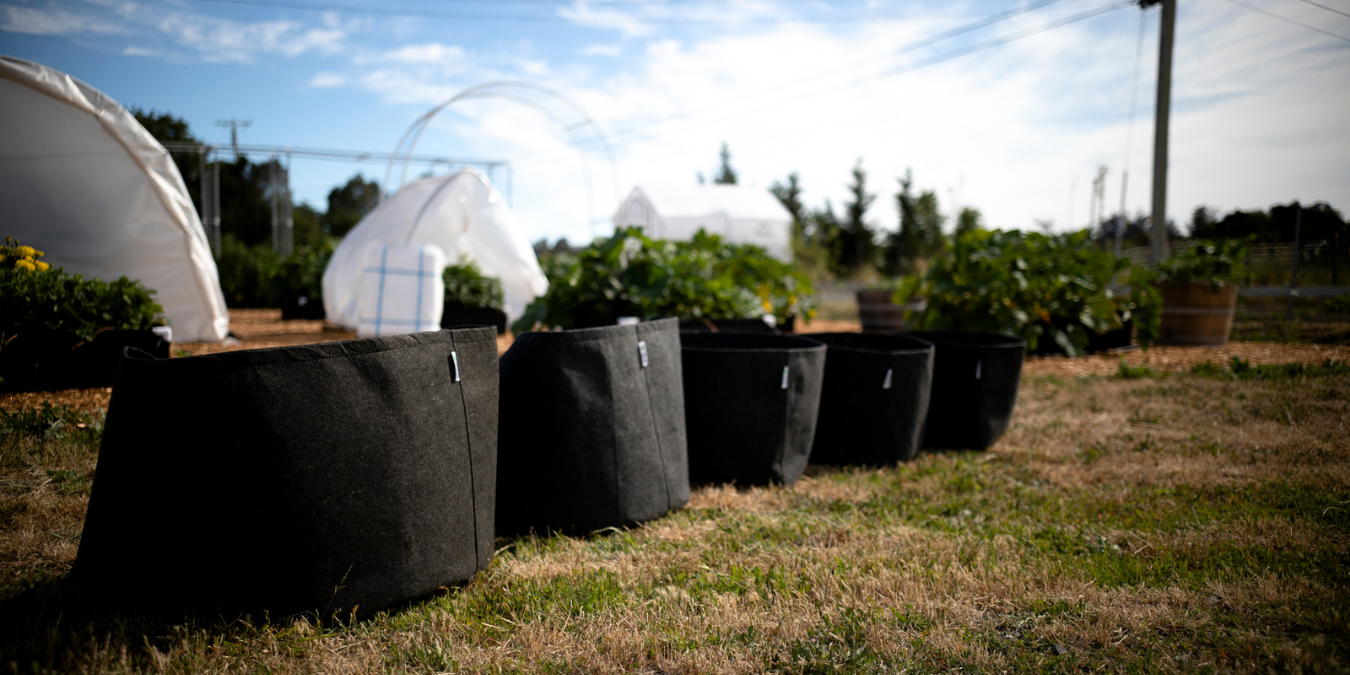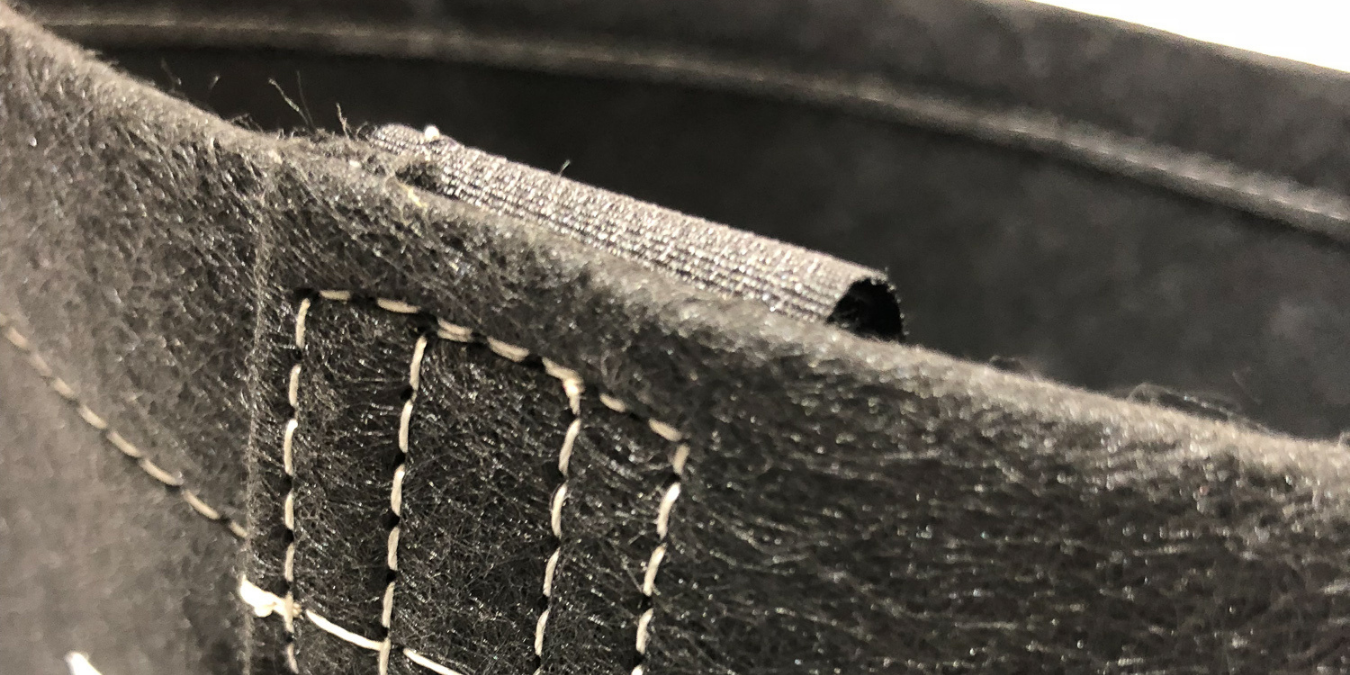Harvest time is your chance to enjoy the results of all the attention and patience you’ve devoted to your container garden. After all that work, it can be tempting to simply reach out and grab some fresh tomatoes, lettuce, or zucchini without a second thought. However, as with every stage in the growing process, harvesting is best approached with a little knowledge and preparation. Here at GeoPot, we’re passionate about supporting gardeners with useful products and information, so we’re here to help with our advice on making the most of your harvest.
Timing Your Harvest
Knowing when to gather your bounty can help you to enjoy your vegetables at their ripest and most delicious stage, while also increasing future yields. Many people think vegetables are ready to be harvested once they’ve grown to their largest size, however, bigger isn’t always better and you can end up losing a lot of flavor if you leave them unharvested for too long!
Examining your homegrown produce can help you determine the readiness of each vegetable in your unique growing environment while fine-tuning your gardening skills and intuition in the process.
What to Look For
There are generally one or two key things to pay attention to with every type of plant. Here are some specific signs of readiness for some of the more popular container garden vegetables:
Tomatoes: Given the wide range of varieties, you’ll need to learn what to expect from your particular type and keep a close eye on it as the time nears, but in most cases, a tomato that is easy to pull from the stem is ready to go.
Leaf Lettuce: Try to begin cutting lettuce leaves before the weather becomes too hot and the plant begins to “bolt,” or produce a flower stalk. Cut the largest leaves with scissors when they are no more than 5 inches long, then check back in a few days for the smaller leaves to be ready. Cut these and repeat the process.
Zucchini: Zucchini and other squash varieties grow extremely fast so check your plants often and cut them at the stem early while their skins are still tender enough to easily pierce with your fingernail.
Kale: Using the same method recommended for lettuce above, kale can be repeatedly harvested when the leaves are deep green and firm.
Eggplant: Like zucchini, eggplant is best cut (rather than pulled) on the early side, when the fruit is still firm and the skin has a shiny appearance.
Cucumbers: Cucumbers should be cut from the vine before they become too large, dry, and woody. Check the details of your particular variety to determine the appropriate size.
Snap Peas: If left too long, your snap peas will become tough, so pull them from the stem before the seeds begin to bulge and when they are easy to snap in two.
Peas: When the pods appear full, taste the peas to determine if they are sweet enough to pull.
Peppers: Peppers can be picked when they’re still green, but if you’d rather leave them on the vine longer they will evolve into a red, orange or yellow color, depending on the variety. Spicy peppers will increase in heat if left longer on the plant.
Getting to Know Your Garden
With the methods above, plus a little experimentation, you will soon become an expert at harvesting your vegetables for the best texture and flavor! Find more information on making the most of your container garden.





